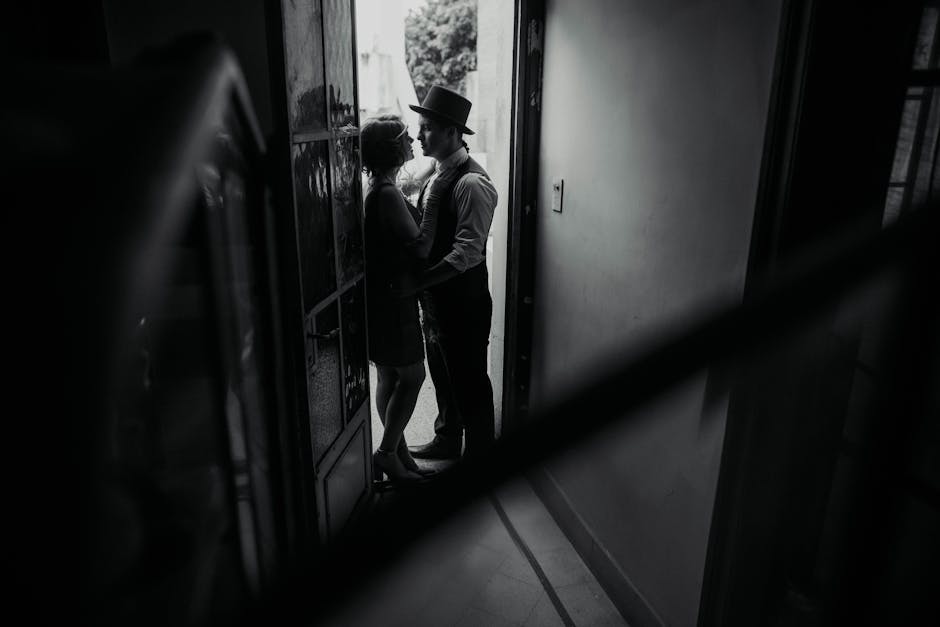
Emotional Rollercoaster Storytelling - Unleashing Your Creativity
Welcome to our blog post on emotional rollercoaster storytelling! Stories have the unique ability to take us on a journey of emotions, and this style of storytelling intensifies those emotions, creating a truly memorable experience for the audience.
So, what exactly is emotional rollercoaster storytelling? It's a technique that involves deliberately guiding your audience through a series of ups and downs, highs and lows, joy and sadness, excitement and fear. By manipulating emotions, you can create a powerful impact and keep your audience engaged from start to finish.
One key aspect of emotional rollercoaster storytelling is character development. Building complex and relatable characters allows your audience to deeply connect with them and feel their emotions as if they were their own. Through the protagonist's journey, the audience experiences a range of emotions, including empathy, compassion, frustration, hope, and satisfaction.
Another crucial element is the plot structure. To create an emotional rollercoaster, you'll want to balance moments of tension and release, surprises and revelations, and triumphs and setbacks. This ebb and flow keeps the audience on the edge of their seats, eager to see what happens next.
Emotional rollercoaster storytelling can be particularly effective in genres like drama, thriller, horror, and even romance. It allows you to generate anticipation, suspense, and intense emotional reactions, making your story truly unforgettable.
Now that we've explored the concept, let's dive into some tips to help you master emotional rollercoaster storytelling:
- Know your audience: Understanding your target audience's preferences, interests, and emotional triggers is crucial. Tailor your storytelling accordingly to evoke the desired reactions.
- Create strong character arcs: Develop multi-dimensional characters with clear motivations, strengths, weaknesses, and personal growth. This enhances the emotional investment of the audience.
- Structure your plot carefully: Plan key moments of tension, surprises, and emotional release strategically throughout your story. Experiment with pacing to maintain a gripping narrative.
- Master the art of foreshadowing: Hints and clues dropped throughout the story build anticipation and add layers of emotional depth, making major plot twists or revelations even more impactful.
- Offer moments of relief: Intense emotions need occasional breaks. Light-hearted or humorous scenes provide a respite and create contrast, heightening the impact of emotional scenes.
Remember, the goal of emotional rollercoaster storytelling is to create a memorable and emotionally charged experience for your audience. So, don't be afraid to take risks, challenge your characters, and evoke intense emotions.
Ready to unleash your creativity? Start crafting an emotional rollercoaster story that will leave your readers or viewers captivated and hungry for more.
